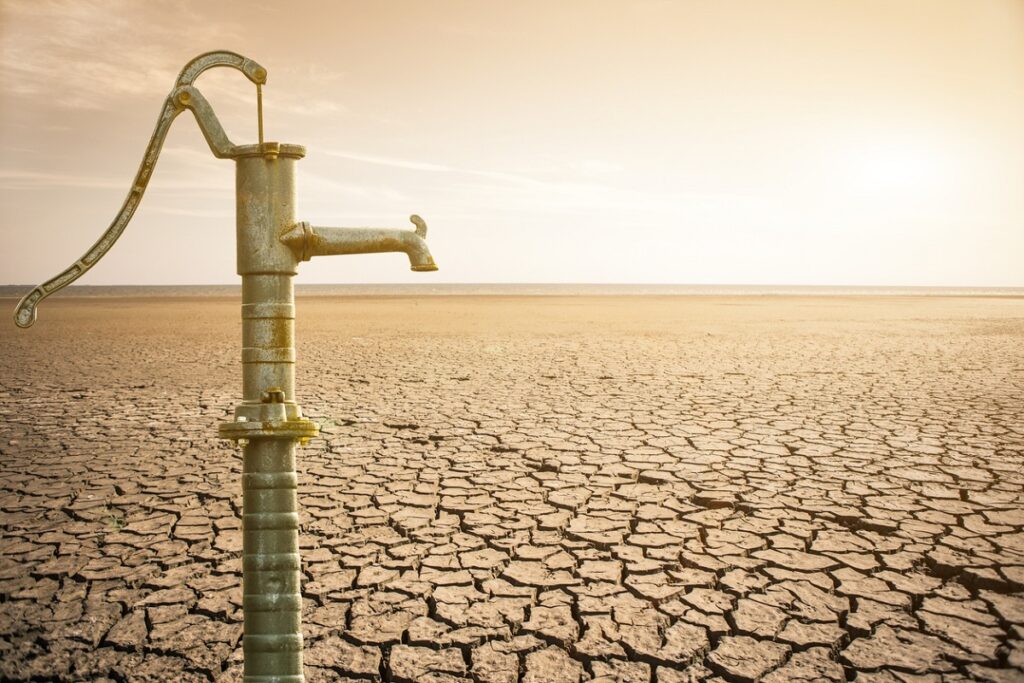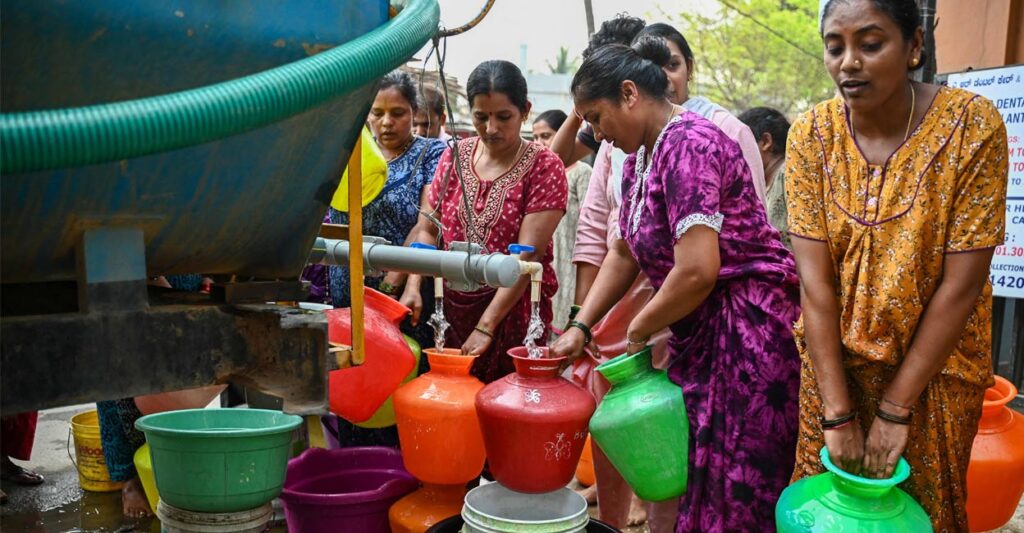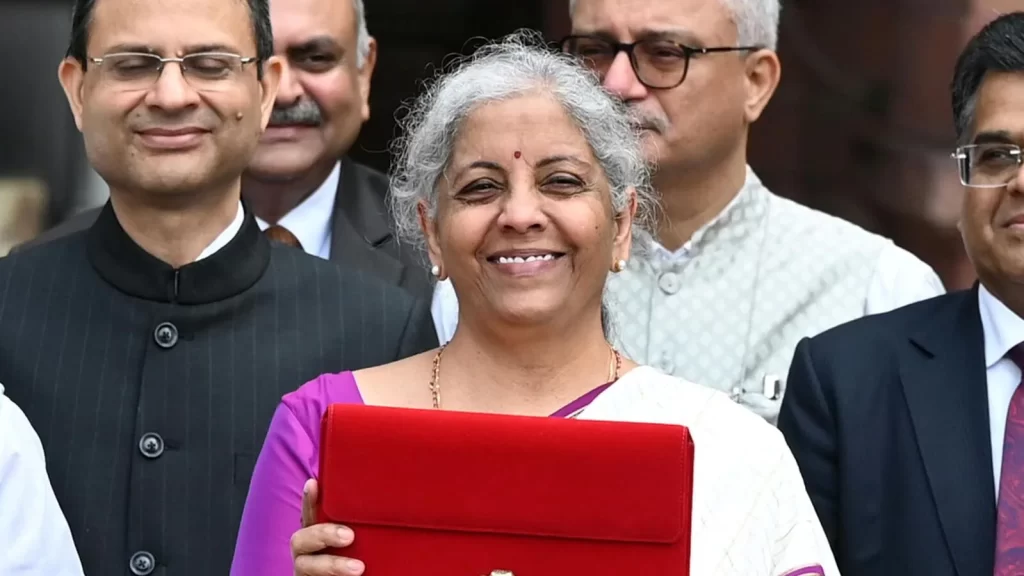“Water, water, everywhere, nor any drop to drink” – this line from the ballad “The Rime of the Ancient Mariner” written by Samuel Taylor Coleridge still rings true today, as it best describes the state of affairs in several cities across the globe. A state of water scarcity has become the norm across several Indian cities as well. This situation, of a prolonged period of water shortage, plagues the nation and is perhaps one of the most pressing crises that we as a society will have to face.
Water is an indispensable resource, without which one cannot hope to achieve any semblance of life. Even though over 70% of our planet is water, large sections of our population live without basic access to clean and safe drinking water. This can be attributed to an uneven distribution of fresh and saline water, which in turn pushes man to find alternate sources of fresh water to meet his daily needs. Only about 3% of the water on our planet comes from freshwater sources, and about two-thirds of the world’s clean water is inaccessible to the masses. A lack of clean water scarcity has been linked to increasing child mortality rates. Further, it is estimated that 1.7 billion individuals worldwide do not have access to sanitation facilities like access to clean living spaces – homes with wash basins that have access to clean and safe water, homes with proper waste management mechanisms, and human waste disposal systems.
One of the main reasons humankind faces a water scarcity of such major proportions is because we have used and abused the groundwater. However, indiscriminate use of groundwater is not the only cause of the water crisis; water scarcity arises due to a multitude of factors including depleting groundwater, climate change, droughts, and population booms.

Major causes of the water crisis:
One of the major causes of the water scarcity issue in India would be that of the recent population boom. India is home to about 16% of the world’s largest population at 1.3 billion people and the population is only expected to grow larger and hit 1.7 billion by 2050.
The tremendous rate at which the human population has been growing over the last few decades is a serious cause of concern, as it places a massive strain on our limited resources. An increase in individuals means an increase in the number of people who require water to meet their personal needs and an increase in the number of mouths that need to be fed. An increasing population places a strain on food production mechanisms. What this does is force a man to look for alternative sources of water, not just for his consumption, but for irrigation purposes as well. A majority of the water used in irrigation comes from the groundwater table. According to the Centre for Social and Environmental Innovation at the Ashoka Trust for Research in Ecology and the Environment, 85% of households in rural areas i.e. some 700 million individuals rely on groundwater for their daily needs. Local bodies of water become overused and face the risk of running dry, forcing people to look to other directions for their livelihoods.
Now we know that necessity is the mother of invention, and thus people looked to the earth for alternative solutions. Learning to harness groundwater and rainwater has been a matter of great pride for India. Multipurpose projects and groundwater extraction have been heavily funded and even subsidized by the Indian government since the 1950s. Tapping into and developing the groundwater resources is what enabled India to move to an age of rapid industrialization. While several success stories act as a testament to the power of harnessing groundwater, the one that we are most familiar with is that of the Green Revolution through which food security was drastically increased across north India.
While industrialization led to economic expansion, one cannot turn a blind eye to the downside. One of the major causes of water scarcity today is the depletion and pollution of the groundwater table as a result of rapid industrialization and subsequent urbanization.
Industrialization led to huge waves of rural to urban migration which in turn has placed an undue strain on the existing networks of resource management and food production in the cities. Further, rural migration to cities led to rapid urbanization. This has led to the formation of new cities which were just unplanned settlements. The problem of unplanned cities is that they are not designed to withstand the growing demands of a growing population. The increase in population in the urban centres made resources scarce and thus forced settlers and inhabitants to look for new sources of fresh water. The freshwater source that was exploited the most was the groundwater table.

Impact in Indian cities: the cases of Delhi and Bengaluru:
This can be seen in the case of Delhi where the Central Ground Water Board (CGWB) is now saying that 99% of the groundwater has been extracted. According to their most recent assessment, the city’s yearly recharge and groundwater extraction capacity are declining. Delhi saw a rise in groundwater extraction, going from 98.16% in 2022 to 99.13% in 2023, despite decreased groundwater recharge. In 2023, Delhi’s net annual groundwater recharge was estimated to be 0.38 billion cubic meters by the CGWB, of which only 0.34 billion cubic meters could be extracted. Similarly, in 2022 Delhi utilized 0.36 billion cubic meters of the 0.37 billion cubic meters available for extraction and usage from that year’s recharge of 0.41 billion cubic meters of groundwater.
While the national capital’s continued struggle to maintain stable groundwater levels around the city is highly concerning, the CGWB says that their research also points to an increase (12% from the previous year) in those metropolitan areas, whose groundwater levels can be deemed “safe.” Still, all is not well, as the ‘critical’ area has also grown considerably, covering 35% of Delhi in 2023 as opposed to 21% in 2022. In their analysis, the CGWB considered 34 tehsils in Delhi and evaluated them for their groundwater conditions. Thirteen of the tehsils are categorized as “over-exploited”, twelve as “critical,” four as “semi-critical,” and five as “safe”, based on the different levels of stress detected.

Another city that is plagued by water scarcity is Bengaluru. Once touted to be the “garden city of India”, this metropolis is now facing a massive water crisis. The water shortage in Bengaluru can be attributed to a variety of factors, like dependence on distant water bodies and over-extraction of groundwater.
According to the Central Water Commission, water levels in the reservoirs of Bengaluru have dropped to just 26% of their complete capacity. This number is at least 10% behind the expected level for this time of year, which indicates a severe decline. There is a clear shortage, with only 6.5 billion cubic meters of water accessible right now, as opposed to the 8.8 billion cubic meters of water that is normally present in the reservoirs around this time.
Bengaluru sits atop a fractured hard rock aquifer, but excessive groundwater extraction combined with little natural recharge has severely depleted the stock of groundwater available, leading Bengaluru to be greatly reliant on water sources like the Cauvery River. This situation does little to aid in the development of the state, as relying on a distant water body for basic consumption needs merely increases the pressure on the existing infrastructure while simultaneously raising pumping expenses. It is estimated that the city requires 2,600 million litters of water per day for industrial activity and personal consumption. Of this, 650 million litters are provided by city bore wells, and 1,450 million litters are pumped from the Cauvery River at additional expense. Further, more than six thousand of Bengaluru’s bore wells are drying up as a result of declining groundwater levels.
The water crisis in Bengaluru has major implications for both the local populace and the local economy. A lack of clean and safe drinking water not only disturbs daily life, but a water shortage also means that operational difficulties, a lack of economic growth, and low levels of industrial productivity become the norm in the various industries of the city. There is also a severe strain placed on sanitation facilities as well.
The water crisis is a problem that requires a holistic solution, one that will provide prolonged, long-lasting, and ideally permanent relief from the problem. It is of utmost importance to undertake feasible measures to resolve the crises. These include increasing the use of treated water, requiring rainwater harvesting in water-stressed areas, and initiating public awareness programs.
One way in which the crisis can be managed is to improve resiliency by decreasing demand for groundwater. Investing in rainwater harvesting projects and learning how to best harness rainwater will help provide a sustainable solution, as it will provide the groundwater table with a longer period to recharge. Educating the locals through campaigns and incentives about rainwater harvesting is a crucial step in achieving self-reliance.
Similarly, improved systems of wastewater management can improve the flow of water to industrial and residential areas. Treating grey water and then recycling it for cleaning and irrigation is a step that can be taken to increase access to water in residential areas. This water can also be directed towards industrial areas for their usage as well.
Similarly, proper wastewater treatment plants are the need of the hour. One of the major causes of water pollution is the toxic waste released by industries. Not only does this harm aquatic biospheres, but it also reduces the amount of clean water available to the locals in that area. It is of utmost importance that authorities mandate and keep a check on how industries are disposing of their waste and ensure proper treatment of industrial waste before it is released into water bodies.
Further, revitalizing lakes and other smaller water bodies is another great way to improve water supply. A city like Bengaluru is close to several lakes and rivers. Negotiating equitable and sustainable water-sharing arrangements between the states, that not only focus on how the water will be distributed but also on how each state can contribute to improving and increasing water levels, by safeguarding and preserving this resource is of the essence. Experts say that the waters from rivers like Narmada and Chambal can be diverted and used to better manage crises in other more distant regions as well. Instituting programs like the Cauvery Phase V project that aims to provide 775 million litters daily through a Water Treatment Plant might significantly reduce the water crisis.
Governments and civic authorities must come up with innovative measures to incentivize water-saving techniques. They can also implement student-focused educational programs and train workers in various industries to operate optimally while simultaneously minimizing water waste. Similarly, sanitization processes also need to be revamped to better utilize groundwater resources. The economic growth and development of the country are tied to its ability to provide and ensure a steady supply of clean and safe drinking water, and thus Indian cities will only see a glimmer of hope when those in power commit to preserving and revitalizing sources of water.
Written by – Nandini Pillai
Edited by – Helee Thaker




